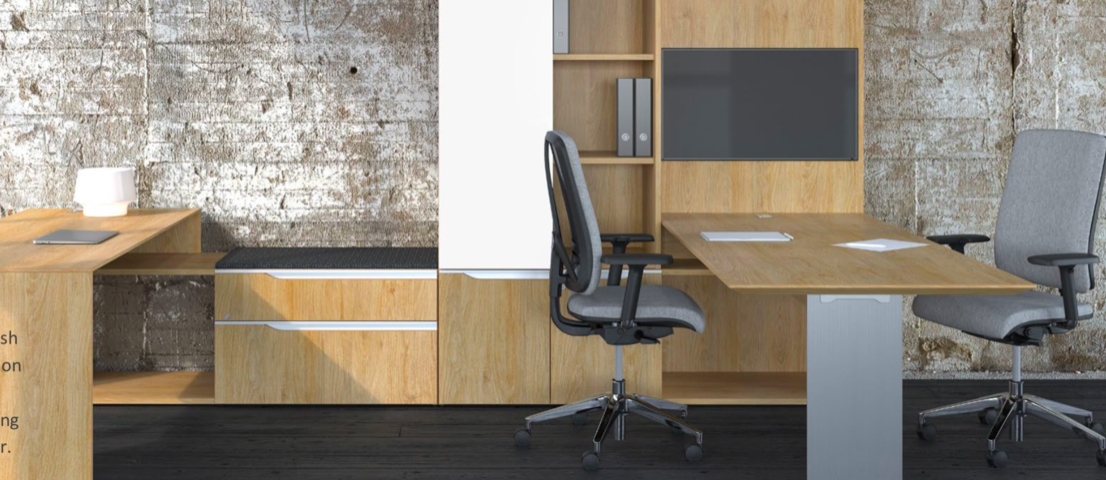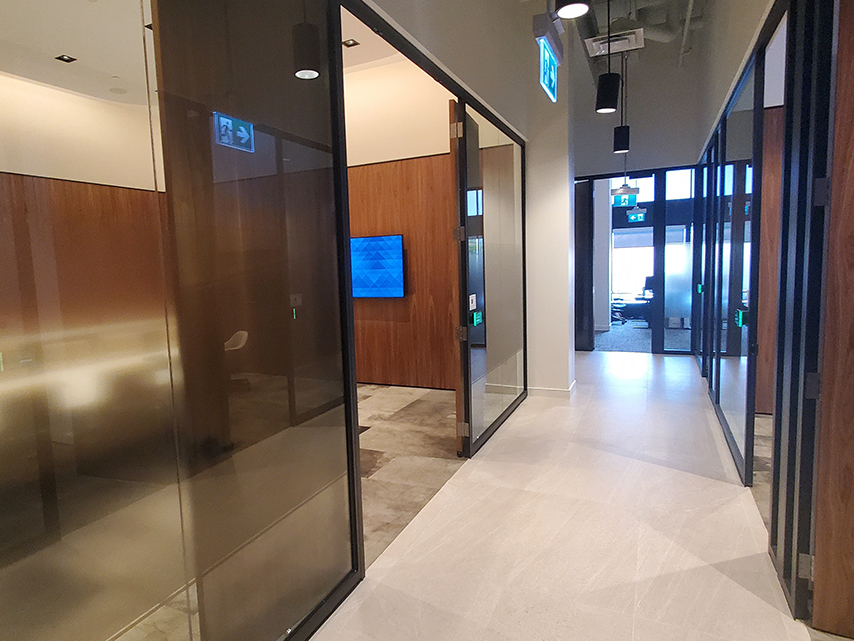The work environment has a significant influence on wellness. People spend upwards of eight hours a day at their jobs, at least five days a week. When jobs prioritize well-being and communication, employees thrive and report better health.
However, productivity rates plummet if the work culture is stressful and intimidating. Employees experience aches, pains and mental health crises in unhealthy environments. Thankfully, employee happiness is coming to the forefront of many workplace conversations.
The office design can have an equally nourishing or damaging influence on wellness. Open-plan offices can prove distracting and chaotic for some, while small cubicles stifle others. Creating a healthy workspace helps every worker feel comfortable, allowing for increased productivity and higher success.
1. Natural Lighting
Natural lighting in the workplace reduces the harsh glare of fluorescents and supplies workers with vitamin D. Vitamin D encourages improved mood, better sleep and less stress. Businesses looking to find new offices should strive for buildings with large windows, skylights or other natural lighting sources.
The building's positioning also matters here. If trees or other structures are blocking most of the sun's rays, it defeats the purpose.Buildings with green spaces and outdoor areas also boost employee health. A roof garden, for example, is a modern amenity that provides a relaxing place for workers to take breaks or enjoy lunch.
2. Work-Life Balance
A wholesome work-life balance keeps employees from burning out. Loading them down with challenging assignments and take-home tasks can overwhelm them and affect job loyalty. A worker who feels unappreciated and overtaxed won't stay long in their current position. Businesses should maintain a balance between work and personal life by discouraging late hours and weekend work. Employees should only receive what they can handle, and there needs to be adequate flexibility for schedule changes.
Two-thirds of U.S. employees believe they don't have work-life balance, while 57% report that employers expect responses at any hour. Employers must reconsider their employee standards and expectations to provide workers with better job conditions.
3. Activity-Based Layouts
Activity-based workstations, or ABWs, replace the standard open-plan office. Employees don't have to confine themselves to a designated desk or meeting room — they can accomplish work wherever they please.
Whether the ideal place is a desk or a bean bag chair, employees pick where they want to work and move to different spots. The office layout flows smoothly and changes daily, preventing workers from suffering through monotony.
One way for businesses to try ABWs is to create formal and informal work areas. This method works well for companies that prefer a change of pace without a complete overhaul. Employers can conduct meetings in standard conference rooms while allowing for unique seating options.
4. Health Programs
Health programs with fitness facilities and exercise initiatives encourage workers to get out and about. After-work fitness sessions help people relieve stress, while fitness clubs build bonds between colleagues. Employers can offer incentives such as bonuses, gift cards or reserved parking spaces for hitting specific workout goals.
If a dedicated workout center isn't feasible, businesses can arrange their workspaces in ways that stimulate movement — such as standing desks and treadmills.
A range of healthy and filling snacks should be available in break rooms and lounge areas. Some ideas include fresh fruit, granola bars and prepackaged salads.
5. Comforting Color Palettes
Color impacts productivity in ways many might not consider. Different hues affect the psyche and cause sadness or joy, even when one is unaware. Red can encourage anger, hunger or excitement, while purple instills confidence and power.
Organizations should take extra care when incorporating various colors into the office scheme. Brand design is one thing, but the office palette doesn't always match the mood the business is aiming for. Blue and green color schemes create calm and liveliness, while yellow or orange can be alarming in substantial amounts.
6. Ergonomic Furniture
Numerous jobs require employees to sit at a desk for most of the day. These people work long hours in front of bright computer screens, and they sit in uncomfortable chairs. Doing this every day for years can cause physical damage like musculoskeletal injuries, eye strain and carpal tunnel syndrome. Properly adjusted desks and chairs, in addition to alternative workstations, can reduce these issues.
When sitting at a desk, people's feet should be flat on the floor while their legs remain parallel to the ground. They should position their computer monitor at least an arm's length away while holding the keyboard in their lap. Buying easily adjustable office furniture can make it easier to apply these guidelines.
7. Empathy and Leadership Training
A smooth-functioning office requires empathy. Colleagues struggle to accomplish tasks when none of them are willing to practice patience and understanding. Empathy requires people to slow down and consider others' viewpoints before reacting.
Empathy helps individuals relate to one another, and it strengthens relationships — whether personal or professional. An excellent empathy training program will focus on open communication, constructive feedback and inclusivity.
Leadership training lets employees sharpen their decision-making and collaborative skills. Effective leaders seek input from their followers and consider all viewpoints before making decisions. The key to leading others lies in allowing them independence while overseeing the overall structure of operations.
8. Employee Assistance Programs
Employee assistance programs focus on improving employee mental health, though some also include physical health elements. Businesses often incorporate EAPs by employing on-site therapists, providing discounted health care and offering resources for maintaining mental wellness.
The U.S. Department of Energy's EAP, for example, gives employees access to parenting education and stress management resources. Employers usually establish EAPs through third-party programs, ensuring patient confidentiality.
Healthier Workspaces Create Happy Employees
Companies will flourish by developing better office layouts and establishing comprehensive policies. Investing in a healthy workplace benefits everyone and promotes an atmosphere of collaboration. When workers focus on wellness instead of conflict or stress, they complete their best work.








